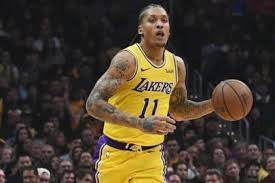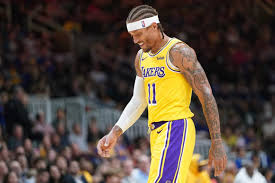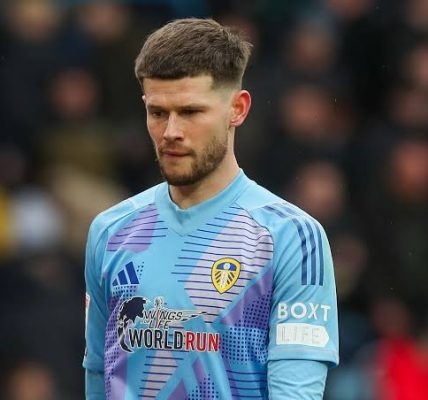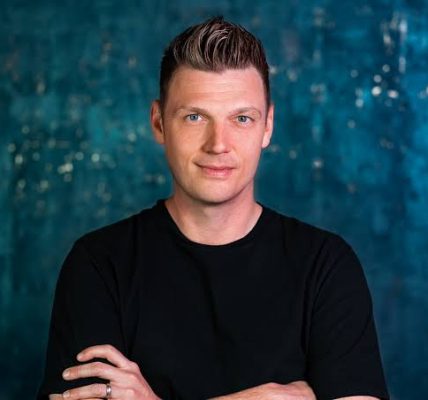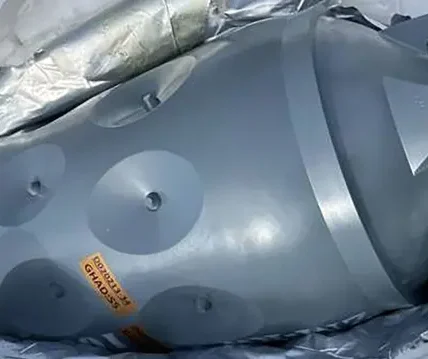“I’ve reached out and reached out so much that I have to die with some kind of dignity” – Beasley says the NBA failed to support him during his darkest
“I’ve reached out and reached out so much that I have to die with some kind of dignity” – Beasley says the NBA failed to support him during his darkest moments

Before the NBA introduced mandatory mental health programs, before therapists were added to team staff, before players started publicly addressing anxiety and depression, there were already victims. Michael Beasley was one of them.
His pain came raw, unchecked, and buried under years of silence.
Beasley had always been a gifted talent — he ranked No. 1 in the high school class of 2007, ahead of Derrick Rose, James Harden, and Blake Griffin.
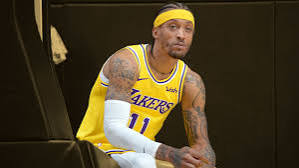
He averaged 26.2 points and 12.4 rebounds per game at Kansas State University.
He was drafted No. 2 overall in 2008 behind Rose and just ahead of Russell Westbrook and Kevin Love.
Beasley shutting down
Everything was set for a successful NBA career for Beasley. What followed, however, wasn’t a fairy tale.
His NBA journey became a patchwork of team changes, suspensions and off-court struggles.
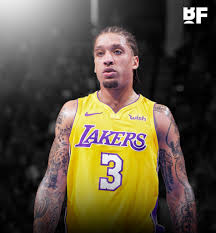
And somewhere in that unraveling narrative, his cries for help were mistaken for attitude problems.
“I don’t talk to nobody,” Beasley said. “I’ve reached out and I’ve reached out so much that I have to die with some kind of dignity.”
Beasley’s silence wasn’t always by choice. Over time, isolation became his only consistent companion.
After losing his mother to cancer in 2018 — a woman he once called his everything — something in him gave way.
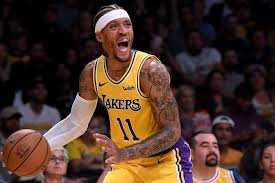
There was a time she came to every game. She wasn’t just his support system.
She was the only person who truly understood what he carried. Her death shattered whatever guardrails he had left. But his battles didn’t begin there.
As early as 2009, Beasley checked into a rehab facility amid suspicions of substance use.
That same summer, he posted a cryptic photo that sparked mental health concerns.
